Let’s talk Justice League, the Snyder Cut. It’s dark, it’s gory, it’s deeply indulgent, and it lasts a baffling 4 hours. It was probably one of the most highly-anticipated superhero movies since Avengers: Endgame, and is most definitely the saviour for the 2017 Justice League film that was widely hated not just by critics, but by fans alike.
First off, let’s quickly touch on how we ended up with the abysmal film that was the first Justice League movie. While Zack Snyder to this day retains sole credit as its director, he actually stepped down mid-filming following the death of his daughter, with Joss Whedon hired in his place. The latter not only oversaw remainder of post-production, he also wrote and directed additional scenes, as well as reshot a large portion of the film. The result? The bones of what could’ve been an impressive film, with Marvel-esque humour thrown in for (unnecessary) good measure.
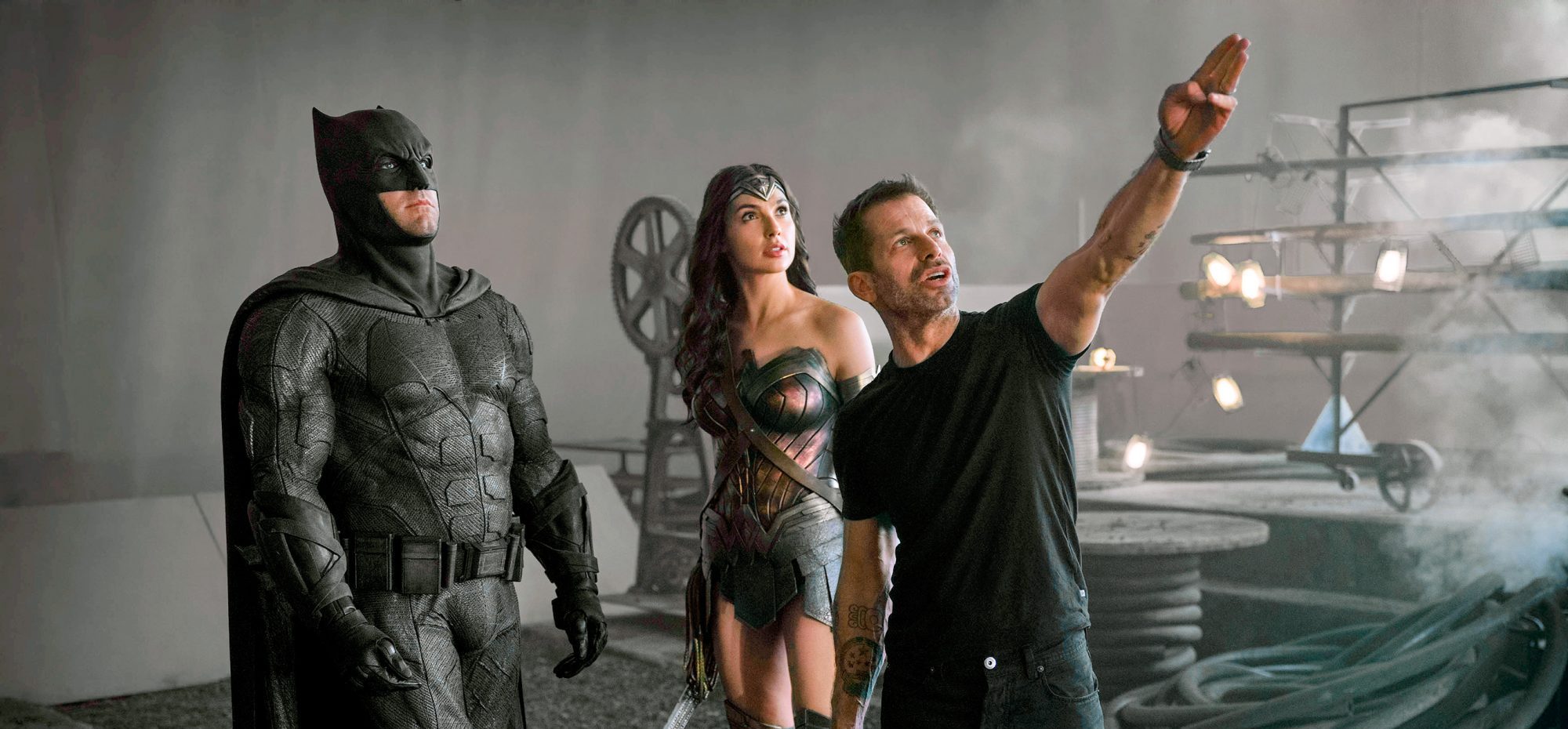
There’s a lot of pressure when it comes to delivering mind-blowing visuals in a comic book movie – from nailing the visual effects (we will always remember Superman’s upper lip), compressing all the lore and story, maintaining a sane pace, and making armoured metahumans otherworldly yet believable at the same time. And while “a sane pace” can’t really be applied to the Snyder Cut, it actually checks out as a really decent superhero movie – aside from the abuse of slo-mo, Wonder Woman’s revamped theme song, and inconsistent script and pacing.
When it comes to superhero stories, hope is a central theme – from the innocent dream for a better future, to the battle in healing from traumas of the past. And while a lot of us geeks nearly lost all hope for DC films (looking at you, Wonder Woman 1984) and the grand realisation of a Justice League movie, Zack Snyder swooped in with a US$70 million budget – and like how the Superman’s “S” stands for hope, the Snyder Cut has now reignited that hope in us with an improved version of the Justice League.
The presentation
Avengers: Endgame was great and all, but it is an indisputable fact the Snyder Cut had far more riveting and captivating cinematography as a superhero film. While the former indeed boasts some beautiful cinematic shots, comic readers or enthusiasts will no doubt appreciate Snyder’s version of the Justice League, where almost every shot looks like it came from a page of a comic or graphic novel. Whedon’s version, on the other hand, references probably every other “regular” movie out there, leaving little to be desired.
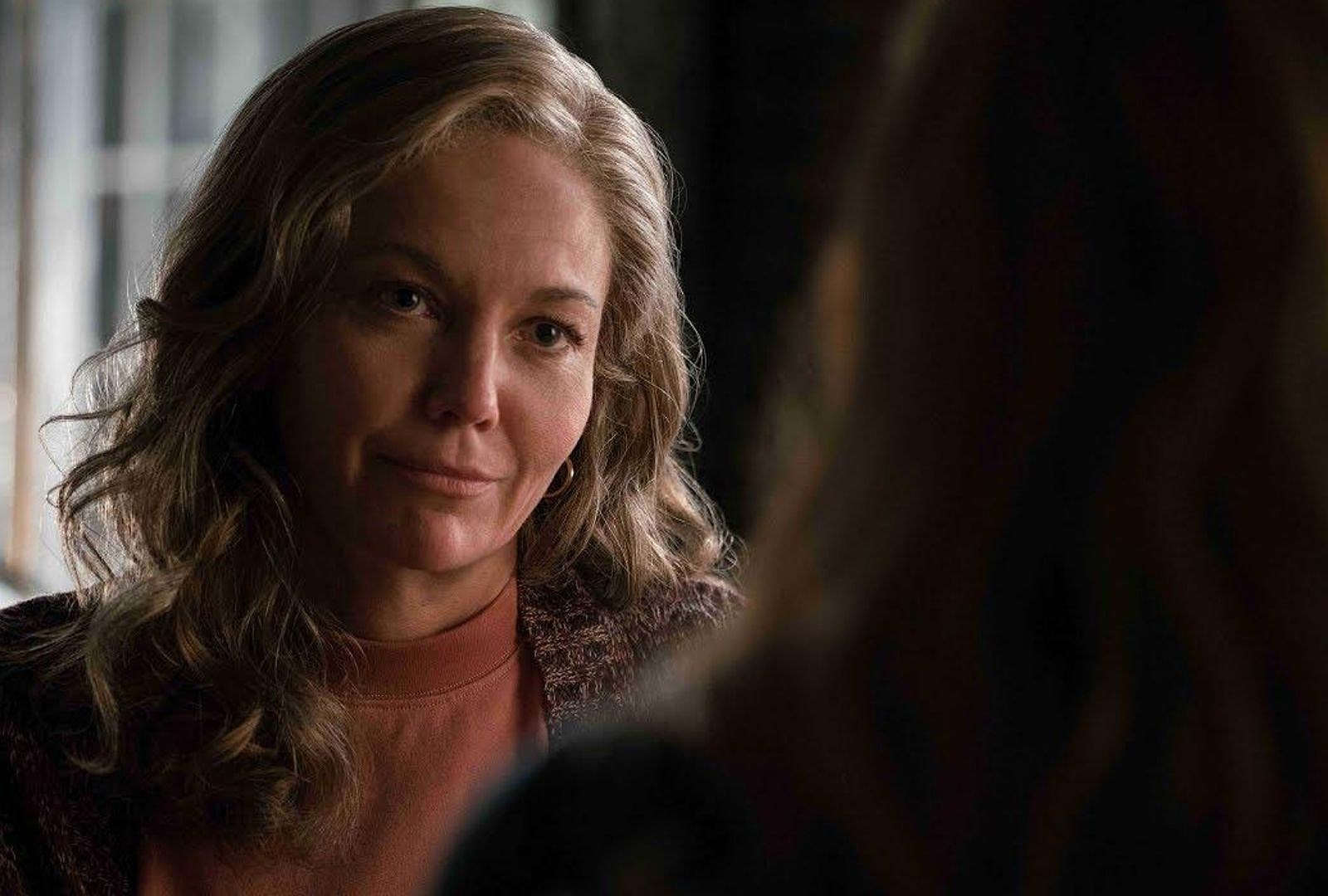
Even a scene as simple as Lois Lane (played by Amy Adams) ordering coffee on a rainy day was able to present its subtle portrayal of grief and quiet isolation with sublime artistic quality. Her “fixed” conversation with Martha Kent/Martian Manhunter is also far more intimate and tragic, rather than the lifeless and bland in the first version.
This should come as no surprise, really, considering some of Snyder’s most renowned works, such as 300 and Watchmen, where the same style was employed and effectively making it his signature. Not only does it pay tribute to the comics that inspired the production of these movies, but also gives comic book and superhero movies that unique impact that should come with the genre.
Another key aspect of this film is its presentation, where it was shown in a 4:3 aspect ratio – rather than the widescreen 16:9 ratio that’s more commonly used today. According to an interview with cinematographer Fabian Wagner, Snyder himself made it clear that using a 4:3 ratio was a conscious decision from the very beginning as it was the ideal dimensions to show on IMAX. And given the plethora of intense scenes and shots in the film, we can only hope that the film will have a big-screen release so that we can rewatch it in all its glory. For now, HBO and HBO Max will have to do.
The heroes (and the villains)
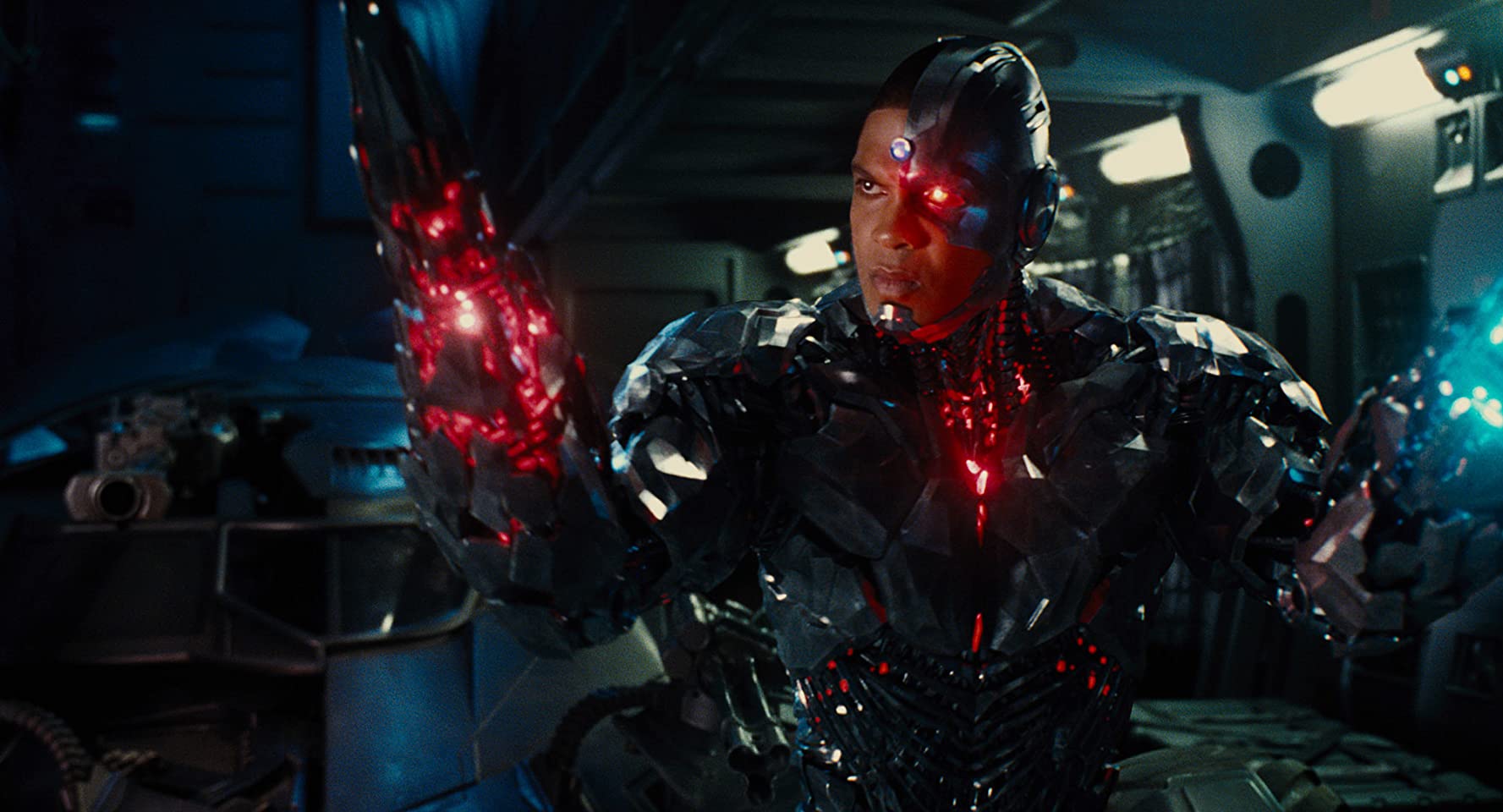
Another element of the film that forgives its four-hour run time is that it was able to showcase the diversity of each main hero and character study – from Aquaman’s encounter with mentor Vulco (played by Willem Dafoe) to a more in-depth exploration of Cyborg’s story that didn’t have even a pinch of heart in the first film. Unlike the Marvel movies, we never got a chance to see the live action origin stories of characters such as Cyborg and Flash portrayed by their respective actors. The first movie also banked a lot on Superman and his revival, rather than focusing on the Justice League as a whole. If anything, it should’ve been called “The Return of Superman”.
Despite contributing to the lengthiness of the film, Snyder took his time to flesh out the other founding members of the Justice League, not only making their role that much more significant – Barry Allen’s crucial moment when he tapped into the Speed Force comes to mind – while giving reason for the audience to actually care about these characters.
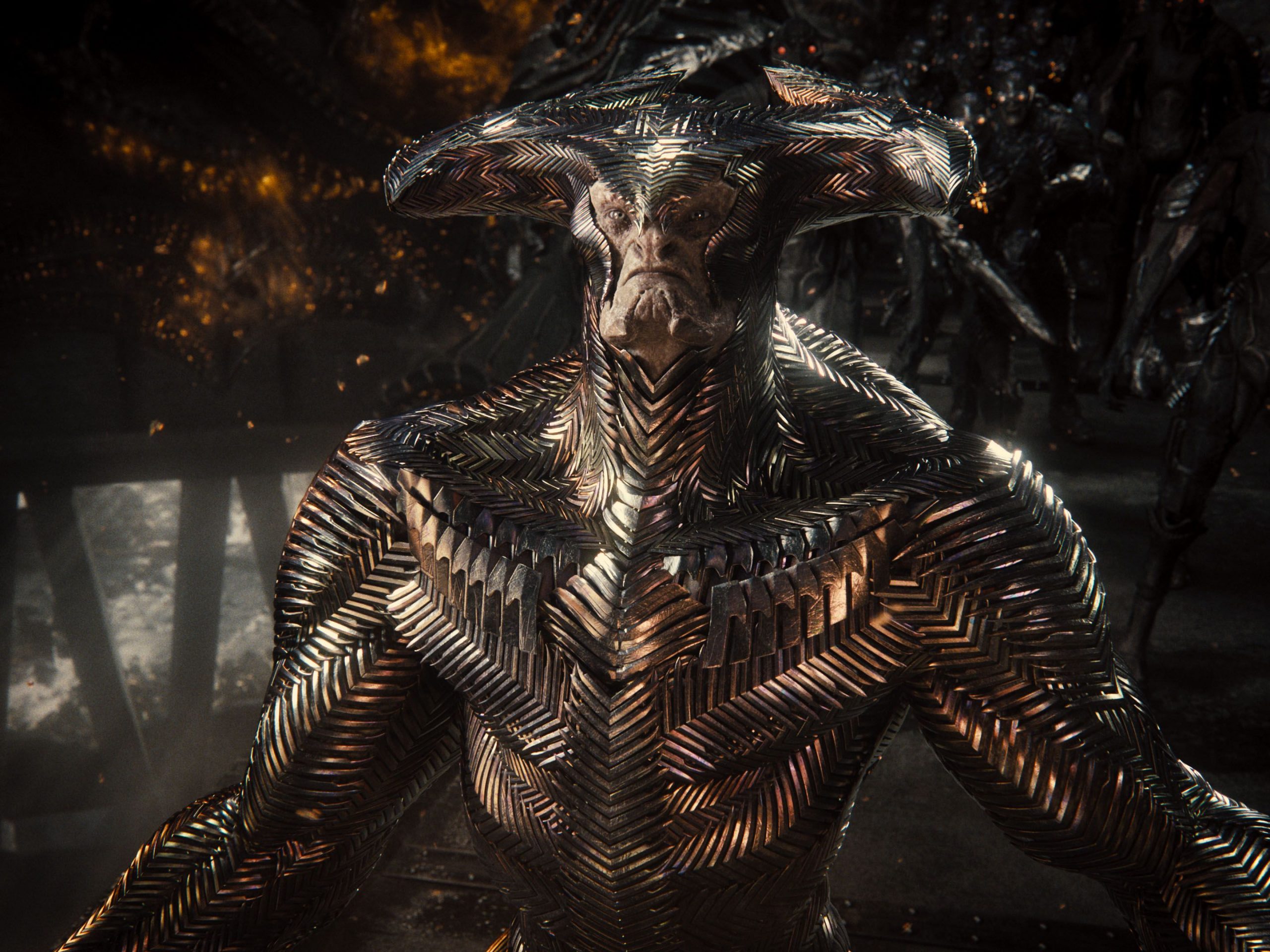
Oh, and let’s not forget Steppenwolf, the big bad villain of the movie. Let’s be real, the original Steppenwolf was a wimpy henchman at best, and a forgettable side character that had no real direction or impact at worst. In the Snyder Cut, he is given a vastly improved, badass look (and a better script) that made him worthy as one of the New Gods. Not to mention that we also get a better look at his character, his role in the movie, and his relationship with one of the most important supervillain in the DC comics – Darkseid.
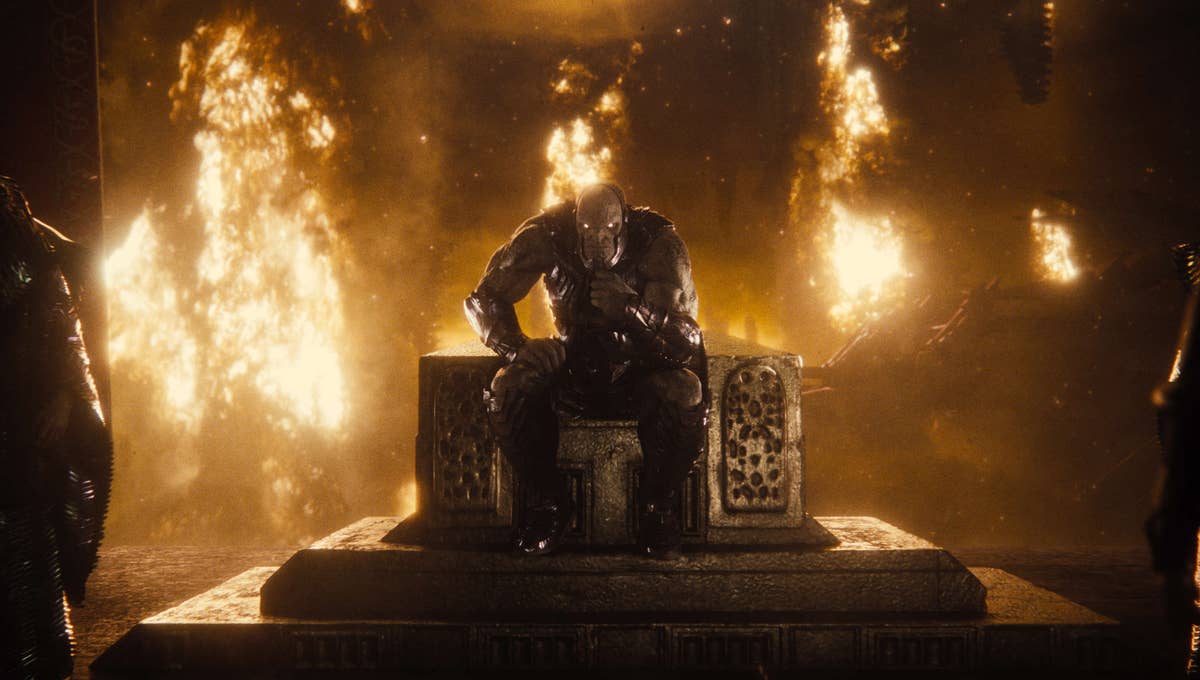
Ah yes, Darkseid. Is it really a Justice League movie if the ruler of Apokolips isn’t present or at the very least, mentioned? The inclusion of Darkseid into the Snyder Cut not only raises the stakes for the League, but once again, it excites fans with the hope that this will eventually open up the DCEU films to explore the New Gods – despite plans for a film centred around the New Gods were scrapped due to the Snyder Cut. However, if Snyder isn’t directing, consider that hope dead.
So is Zack Snyder’s Justice League worth the watch? Definitely. It may not be perfect, but it is, with no doubt, a massive step up from the first version as well as previous DC films. It offers everything you could want from a superhero movie – introspective scenes, realistic action scenes and casualties, amazing shots, and a promising cast. Now here’s to hoping that we can expect this for future DC films.










